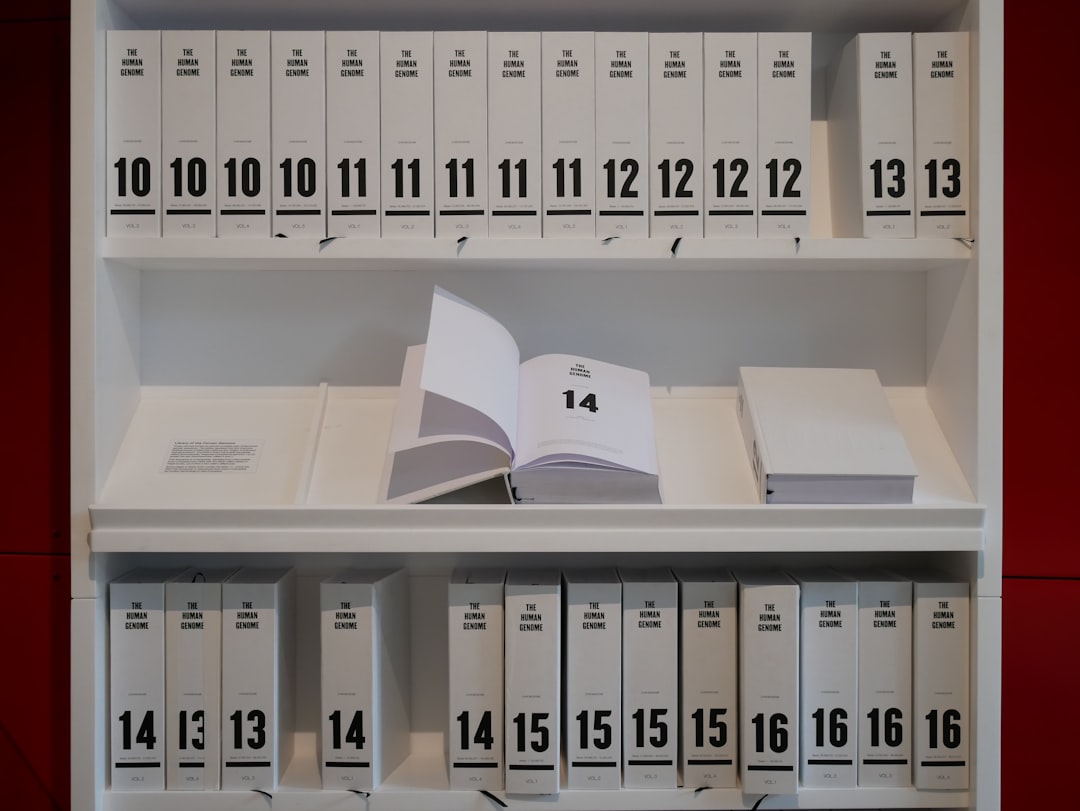Journal article
bioRxiv, 2022


Systematic discovery of protein functions in human cells to understand gene regulation and enable gene therapy
Systematic discovery of protein functions in human cells to understand gene regulation and enable gene therapy
Department of Neurobiology
Harvard Medical School
APA
Click to copy
Ludwig, C. H., Thurm, A., Morgens, D., Yang, K. J., Tycko, J., Bassik, M., … Bintu, L. (2022). High-Throughput Discovery and Characterization of Viral Transcriptional Effectors in Human Cells. BioRxiv.
Chicago/Turabian
Click to copy
Ludwig, Connor H., A. Thurm, D. Morgens, Kevin J. Yang, Josh Tycko, M. Bassik, B. Glaunsinger, and Lacramioara Bintu. “High-Throughput Discovery and Characterization of Viral Transcriptional Effectors in Human Cells.” bioRxiv (2022).
MLA
Click to copy
Ludwig, Connor H., et al. “High-Throughput Discovery and Characterization of Viral Transcriptional Effectors in Human Cells.” BioRxiv, 2022.
BibTeX Click to copy
@article{connor2022a,
title = {High-Throughput Discovery and Characterization of Viral Transcriptional Effectors in Human Cells},
year = {2022},
journal = {bioRxiv},
author = {Ludwig, Connor H. and Thurm, A. and Morgens, D. and Yang, Kevin J. and Tycko, Josh and Bassik, M. and Glaunsinger, B. and Bintu, Lacramioara}
}
Viruses encode transcriptional regulatory proteins critical for controlling viral and host gene expression. Given their multifunctional nature and high sequence divergence, it is unclear which viral proteins can affect transcription and which specific sequences contribute to this function. Using a high-throughput assay, we measured the transcriptional regulatory potential of over 60,000 protein tiles across ∼1,500 proteins from 11 coronaviruses and all nine human herpesviruses. We discovered hundreds of new transcriptional effector domains, including a conserved repression domain in all coronavirus Spike homologs, dual activation-repression domains in VIRFs, and an activation domain in six herpesvirus homologs of the single-stranded DNA-binding protein that we show is important for viral replication and late gene expression in KSHV. For the effector domains we identified, we investigated their mechanisms via high-throughput sequence and chemical perturbations, pinpointing sequence motifs essential for function. This work massively expands viral protein annotations, serving as a springboard for studying their biological and health implications and providing new candidates for compact gene regulation tools.